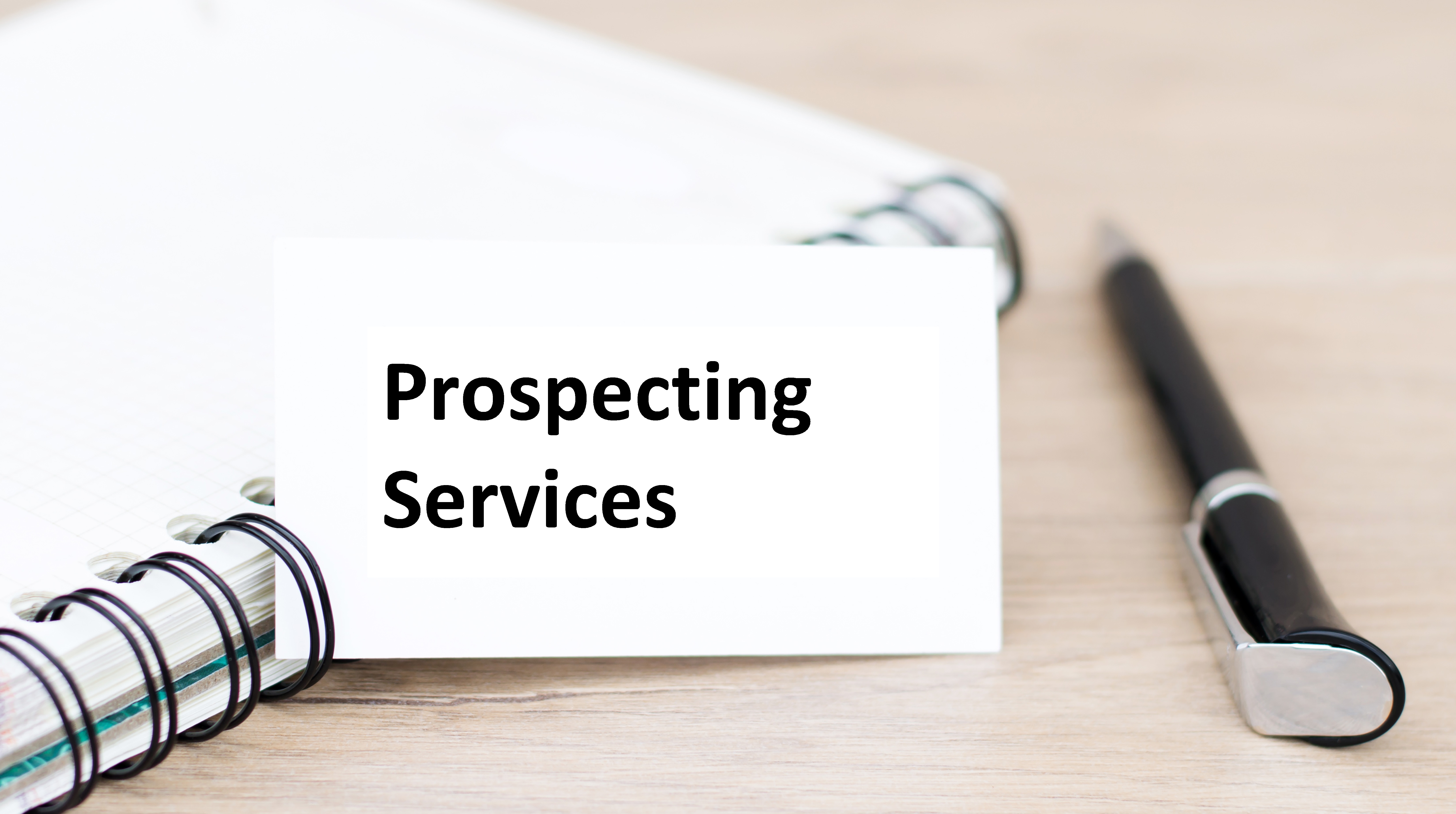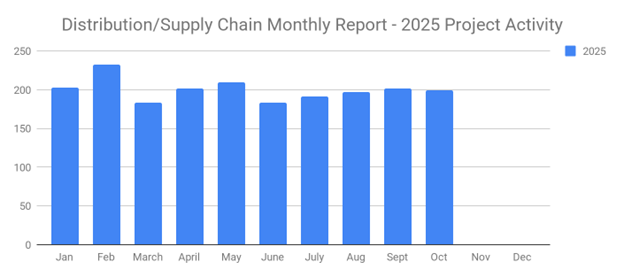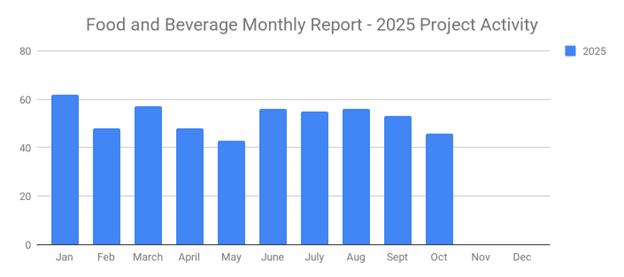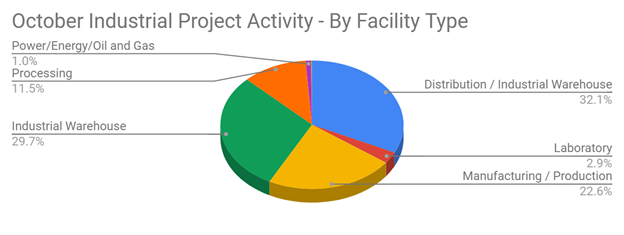
How long does it take your B2B sales team to respond to a new inbound lead? In industrial and B2B markets, speed-to-lead can be the difference between winning and losing an opportunity. A widely cited study by Lead Connect found that over three-fourths of prospects purchase from the first company that responds to their inquiry.
If your response time is slow, there’s a good chance those hard-earned leads are turning into revenue for someone else. The good news: slow lead response is usually fixable once you understand what’s causing the delay.
Glossary: Lead Response Time — The amount of time between when a prospect submits an inquiry (form fill, call, email, demo request, etc.) and when your sales team first attempts meaningful contact.
Below are seven common causes of slow lead response time in B2B sales — and where to start if you want to speed it up.
#1) Marketing and Sales Misalignment
If your marketing and sales teams aren’t aligned, delays are almost guaranteed. Marketing often owns lead capture and initial qualification, while sales owns outreach and follow-up. When handoffs are unclear or inconsistent, qualified leads sit untouched in queues or inboxes.
Typical misalignment issues include:
- Marketing qualifying leads on a schedule instead of in real time
- Different definitions of what a “sales-ready” lead actually is
- Lack of agreed SLAs (Service-Level Agreements) for response times
Clarify roles, create shared definitions (MQL, SQL, opportunity), and implement a simple SLA — for example, “All inbound demo requests are contacted within 1 business hour.”
#2) Clogged Sales Pipeline
Your sales pipeline represents every stage of the buyer journey — from initial awareness and discovery to closed-won or closed-lost. When too many opportunities pile up and stall in the same stage, you get a pipeline bottleneck. That congestion forces reps to focus on firefighting instead of responding quickly to new leads.
Common signs of a clogged pipeline include:
- Lots of “stuck” deals in the same stage for weeks or months
- Reps juggling too many open opportunities at once
- Minimal progress from mid-funnel to late-funnel stages
Cleaning up your pipeline (closing dead deals, tightening exit criteria per stage, and enforcing next steps) frees up rep capacity so fresh leads get attention faster.
Q: How often should we clean our pipeline?
A: Most B2B teams benefit from a monthly pipeline clean-up and a deeper quarterly review to remove stalled deals and re-focus reps on active opportunities.
#3) Bad Data
Even the most motivated sales rep can’t respond quickly if the data is wrong. Bad data — incorrect phone numbers, outdated email addresses, wrong titles, or missing context — forces reps to waste time hunting for the correct information instead of connecting with the lead.
Bad data can come from:
- Manual form entries with typos or incomplete fields
- Old lists that haven’t been validated or refreshed
- Inconsistent data standards between systems (CRM, marketing automation, spreadsheets)
Glossary: Bad Data — Lead or account information that is inaccurate, incomplete, duplicate, or outdated enough to negatively affect outreach, routing, or reporting.
To speed up response time, invest in data hygiene: standardize required fields, use validation tools, and periodically scrub and enrich your database.
#4) Outdated Response Methods
Relying mainly on slow communication channels will drag down your lead response time — even if the intent is strong. Direct mail, for example, can support a long-term nurture campaign, but it’s not a primary response method for fresh inbound leads who may be actively comparing vendors.
Modern B2B teams prioritize:
- Phone calls for high-intent leads (demos, pricing requests)
- Email for rapid follow-up and supporting information
- LinkedIn for additional touchpoints and social proof
- Live chat or chatbots for real-time website inquiries
Direct mail, print, and slower channels should supplement, not replace, these faster methods — especially in the first 24 hours after a lead is generated.
#5) No Lead Notification System
If your team isn’t alerted the moment a new inquiry hits, it’s easy for leads to get lost or delayed in a generic inbox. A lead notification system ensures that reps know about new opportunities right away, whether they come from:
- Website forms
- Landing pages or gated content
- LinkedIn lead gen forms
- Partner referrals or co-marketing campaigns
Notifications can be sent via email, CRM task, Slack/Teams message, or directly into a sales engagement platform. The key is making sure that every new lead triggers a clear, trackable next step for a specific owner.
#6) Manually Calling Every Lead
Calling leads is still one of the most effective ways to qualify interest and move opportunities forward. But if your team is manually dialing every number, it’s easy to lose valuable time between calls — especially when chasing voicemails or wrong numbers.
Autodialers and sales engagement platforms can help by:
- Automatically dialing the next lead in a sequence
- Reducing idle time between calls
- Combining phone, email, and social touches into a single workflow
Reps still handle the conversation itself, but software takes care of the repetitive dialing. That means more live conversations per hour, and faster response to every inbound lead.
Q: Will automation make outreach feel impersonal?
A: Not if it’s done correctly. Use automation to handle timing and delivery, while keeping messages personalized and relevant to each prospect’s role, industry, and pain points.
#7) Partnering with the Wrong Prospecting Service
Not all prospecting or lead-generation services are built for industrial and B2B complexity. Generalist providers often deliver broad lists that are poorly targeted, outdated, or missing key decision-makers. That forces your team to spend extra time researching, validating, and chasing unqualified leads — which slows down response to the right ones.
If you sell into industrial manufacturing, construction, distribution, or related sectors, you need a partner that understands those markets and can plug directly into your sales process. That’s where an industry-specific prospecting service becomes critical.
Industrial SalesLeads’ Prospecting Services are tailored to industrial markets, working closely with your sales team to deliver qualified, sales-ready conversations rather than just names on a list. When you’re engaging the right contacts at the right time, response speed and conversion rates improve together.
Faster Lead Response, Stronger Pipeline
Slow lead response isn’t just a speed problem — it’s usually a systems problem. Marketing and sales misalignment, clogged pipelines, bad data, outdated outreach methods, lack of notifications, manual calling, and generic prospecting services can all drag out your response times and erode close rates.
Fixing even one of these issues can make a measurable difference. Addressing several at once can transform the way your team handles new opportunities — and help you become the first vendor to respond, more often.
About Industrial SalesLeads
Since 1959, Industrial SalesLeads has helped B2B and industrial organizations build a predictable, scalable sales pipeline. Our Industrial Market Intelligence identifies companies planning significant capital investments, including new construction, expansion, relocation, modernization, and plant closings. Our Prospecting Services act as an extension of your sales team, generating qualified meetings and appointments so your reps can focus on closing. Visit us at salesleadsinc.com.
What to learn more? Get in Touch
Latest Posts
-

Essential Industrial Sales Meeting Topic for Productivity: Part 1
-

New Distribution and Supply Chain Planned Industrial Projects Remain Flat for Third Straight Month
-

Food and Beverage Off to a Slow Start in Q4 2025 with Industrial Planned Projects Down 13%
-

Planned Industrial Construction Projects Grew in October 2025 a Modest 2.24% from the Previous Month

